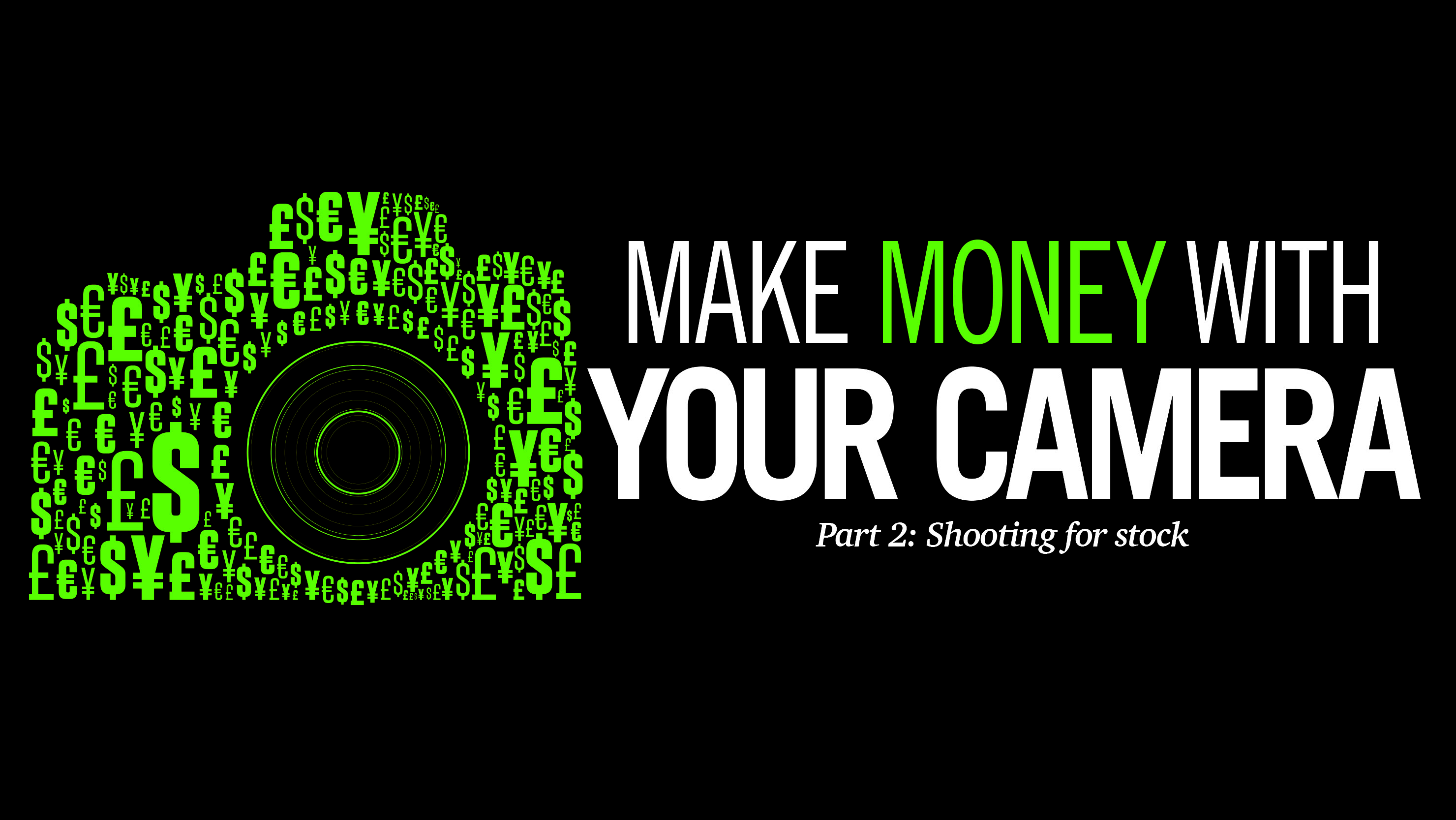
Stock photography takes a fair amount of time to set up at the beginning, but it can be very lucrative for photographers. Once you've put in the hard yards to get your library established, it can be a great source of passive income ticking along nicely in the background and enabling you get back out to shoot your next project.
It’s very rare for a stock library to be the primary source of income for a professional photographer, but they can still be a valuable addition to your overall income, especially if you’re doing workshops and selling prints at the same time. Your images will need to be popular and appeal to a wide range of customers, as you could have all manner of publications looking at your shots to use from anything like magazine articles to holiday brochures.
• Looking for the best stock photo sites?
The money you make from each image used will vary, depending on which stock library you go with, but generally it’s a numbers game and it’s better to have a vast catalog of images making a small amount from each. It’s also worth checking the specific terms of your stock library contract, as they may ask for exclusivity – meaning that you can’t publish your shots elsewhere or put them onto multiple stock libraries.
Only submit your very best shots, ensuring that your focus and exposure are spot on, and if you’ve got a photo shoot lined up specifically for stock photography then be sure to take plenty of different angles, and if you’re photographing a model try a variety of poses and outfits to give potential customers more choice when they’re browsing.
While you can, of course, put your best landscapes and pet shots on a stock library and hope for the best, it pays – literally, usually – to approach things with a well-formed plan. What are picture researchers and designers going to be searching for in three months, six months or a year’s time? What upcoming news or sporting events will there be a strong demand for images to help illustrate them – and how can you illustrate them in a non-literal way?
"I’ve been a stock photographer for nearly 16 years and seen the industry change drastically as the value of images has greatly diminished, but my back catalogue is extensive and my subjects are diverse," says photographer David Clapp, who has built a successful stock photography business.
The best camera deals, reviews, product advice, and unmissable photography news, direct to your inbox!
"This alone has contributed to financial stability and a solid income that exists alongside direct sales, tuition and workshops, manufacturer representation, public speaking and many other revenue streams.
"If you believe that romancing the camera and making images you like will create sales and a career, then you might want to rethink that. If your intention is to sell work then carefully examine the demographic that buys images and then create work targeted at this purchasing audience. Learn to see your clients requirements and capture this."
Taking stock
When shooting for stock, have a clear message in mind and think about what publications might be using your images for; such as a website, book, brochure or magazine. Frame up with plenty of space around your subject for editors to place text and headlines.
When photographing models you’ll need a signed model release, or a property release for photos taken on private property. Research how much you’ll make from each sold image and what control you have over your images by making them royalty free or rights managed.
Keywording
You’ll need to get up to speed with keywording when you take the plunge and get accepted by a stock library. Do your research on the type of keywords that buyers are likely to use, and add the relevant ones to your photos. Check that your images are appealing when they’re viewed as thumbnails, too, as this is how buyers will see your image initially. Does it stand out from the rest?
When it comes to choosing images to upload to a stock library, only submit your most technically and aesthetically top-notch shots. There’s a risk that they’ll be rejected by the library if they don’t meet a certain standard, so bear in mind that those pictures that appeal to friends and visitors on your social media pages aren’t necessarily what commercial image buyers are looking for.
PhotoPlus: The Canon Magazine is the world's only monthly newsstand title that's 100% devoted to Canon, so you can be sure the magazine is completely relevant to your system.
Read more:
Best lens for portraits
Best camera for portraits
Photography tips
Canon EOS R5 review
PhotoPlus: The Canon Magazine is the world’s only 100% Canon-focused title on the newsstand. Launched in 2007, for 14 years it has delivered news, reviews, buying guides, features, inspirational projects and tutorials on cameras, lenses, tripods, gimbals, filters, lighting and all manner of photography equipment.
Aimed squarely at enthusiast photographers who use the Canon DSLR or mirrorless camera systems, all content is tailored to Canon users – so everything from techniques to product tests are tailored to those using the EOS camera system.
Editor Peter Travers brings 14 years of experience as both a journalist and professional photographer, with Technique Editor Dan Mold shoring up the magazine with his 6 years of expertise.







